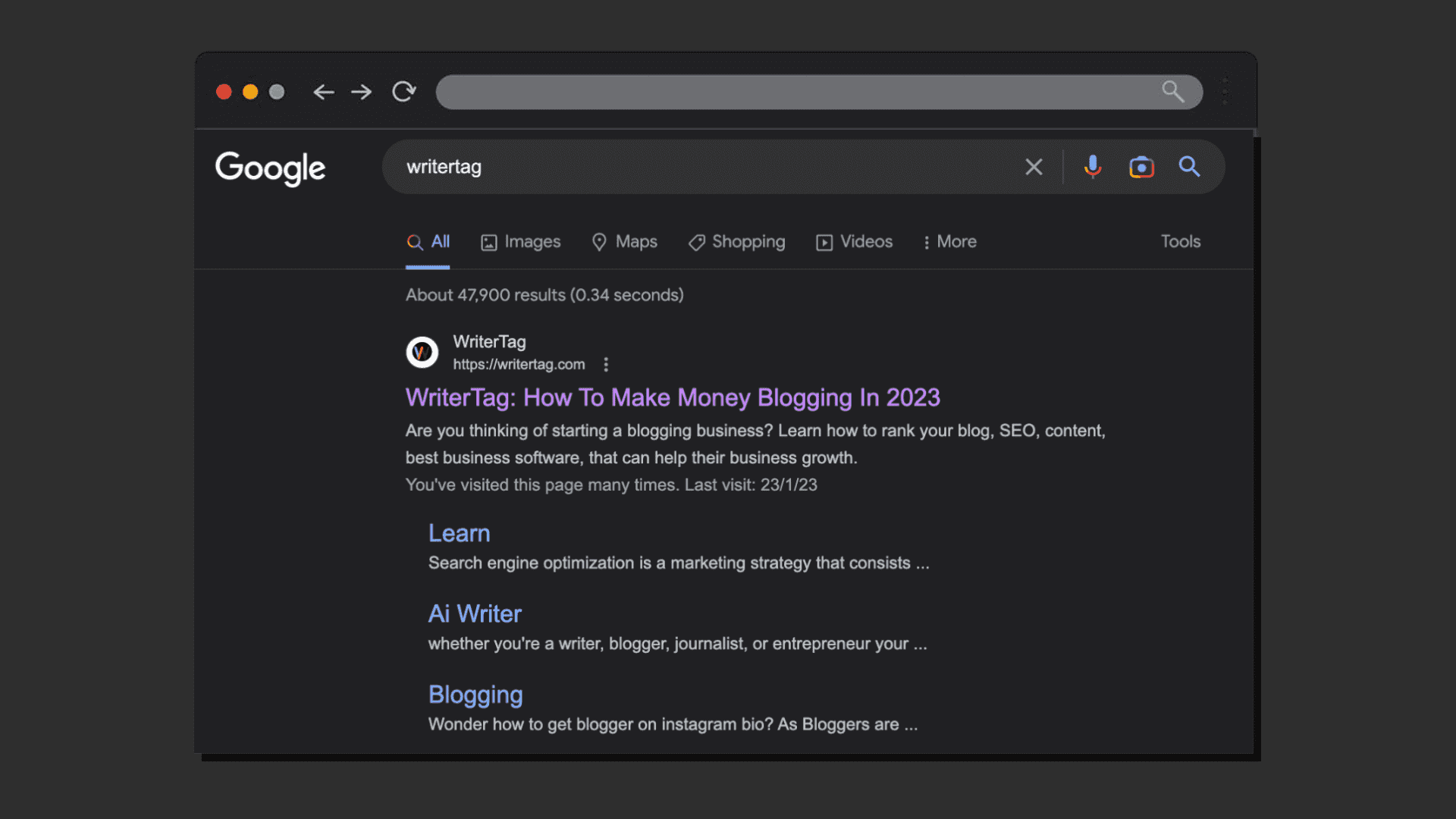Understanding what people search for is crucial for successful SEO strategies. By knowing the keywords and topics that your target audience is searching for, you can create relevant content that meets their needs. This comprehensive guide will delve into the importance of understanding search behavior and how it relates to website optimization.
Understanding what people search for is essential for successful SEO strategies. By knowing the keywords and topics your target audience is searching for, you can create relevant content that meets their needs. This comprehensive guide explains the importance of understanding search behavior and its relationship to website optimization. It also covers keyword research, long-tail keywords, searcher intent, content optimization, on-page optimization, technical SEO, user experience, and SEO analytics.
Takeaways:
- Keyword research helps you align your content with what people are searching for.
- Search behavior provides insights into user intent and preferences, aiding website optimization.
- Long-tail keywords attract targeted traffic with lower competition and higher conversion rates.
- Understanding searcher intent helps tailor content to meet users’ needs and rank higher.
- Content optimization involves structuring content, optimizing meta tags and headings, and adding descriptive alt text to images.
- Technical SEO, user experience optimization, and SEO analytics are crucial for improving website performance and visibility.
Remember, by understanding what people search for, you can better optimize your website and attract relevant organic traffic.
Why understanding what people search for is important in SEO
To attract organic traffic to your website, you need to align your content with what people are searching for. By conducting keyword research and analyzing search trends, you can uncover the topics and queries that are most relevant to your target audience. This knowledge allows you to optimize your website and create content that addresses their needs and interests.
The relationship between search behavior and website optimization
Search behavior provides valuable insights into user intent and preferences. By analyzing search queries, click-through rates, and user engagement metrics, you can gain a deeper understanding of what users expect from search results. This information can then be used to optimize your website’s structure, content, and user experience to better meet those expectations.
Incorporating the right keywords into your website’s metadata, headlines, and content can improve its visibility in search engine results pages (SERPs). By aligning your website with popular search queries, you increase the likelihood of attracting relevant organic traffic.
Understanding what people search for also helps in creating targeted advertising campaigns. By identifying the keywords or phrases that drive traffic and conversions, you can optimize your ad targeting, bidding strategies, and ad copy to reach a more receptive audience.
Overall, gaining insights into what people search for allows you to optimize your website and marketing efforts to better align with user needs and preferences, leading to improved visibility, engagement, and conversions.
Keyword Research
How to conduct effective keyword research
When it comes to optimizing your website for search engines, keyword research is essential. It involves finding and analyzing the search terms that people enter into search engines. This data helps you understand what your target audience is searching for and allows you to create content that caters to their needs. To conduct effective keyword research, follow these steps:
- Start with a brainstorming session: Think about the topics and themes that are relevant to your business or industry.
- Use keyword research tools: There are many tools available, such as Google Keyword Planner and SEMrush, that can help you identify popular keywords related to your business.
- Consider search intent: Focus on keywords that align with the intent of your target audience. Are they looking for information, products, or solutions to a specific problem?
- Analyze competition: Look at what keywords your competitors are targeting and see if there are opportunities to differentiate yourself by targeting less competitive keywords.
Tools and techniques for finding relevant keywords
There are several tools and techniques available to help you find relevant keywords for your SEO strategy:
- Keyword research tools: These tools provide valuable insights into keyword popularity, search volume, and competition level.
- Google Trends: This tool allows you to see the popularity of a keyword over time and compare it to related search terms.
- Competitor analysis: Look at what keywords your competitors are targeting and consider incorporating them into your strategy.
Understanding search volume and keyword difficulty
Search volume refers to the number of times a keyword is searched for in a given period. It’s important to target keywords with a decent search volume to ensure that there is enough demand for the content you create.
Keyword difficulty measures how challenging it is to rank for a particular keyword. High competition and authoritative sources may make it more difficult to rank for certain keywords. Consider targeting keywords with lower difficulty scores to increase your chances of ranking well.
By conducting thorough keyword research and understanding search volume and keyword difficulty, you can optimize your website and create content that resonates with your target audience.
Top 5 AI Writer for In 2025
Discover the top 5 AI writers that can help you create SEO optimized articles to achieve higher rankings in SERP. From thorough analysis to skillfully crafting content, these AI writers have got you covered.
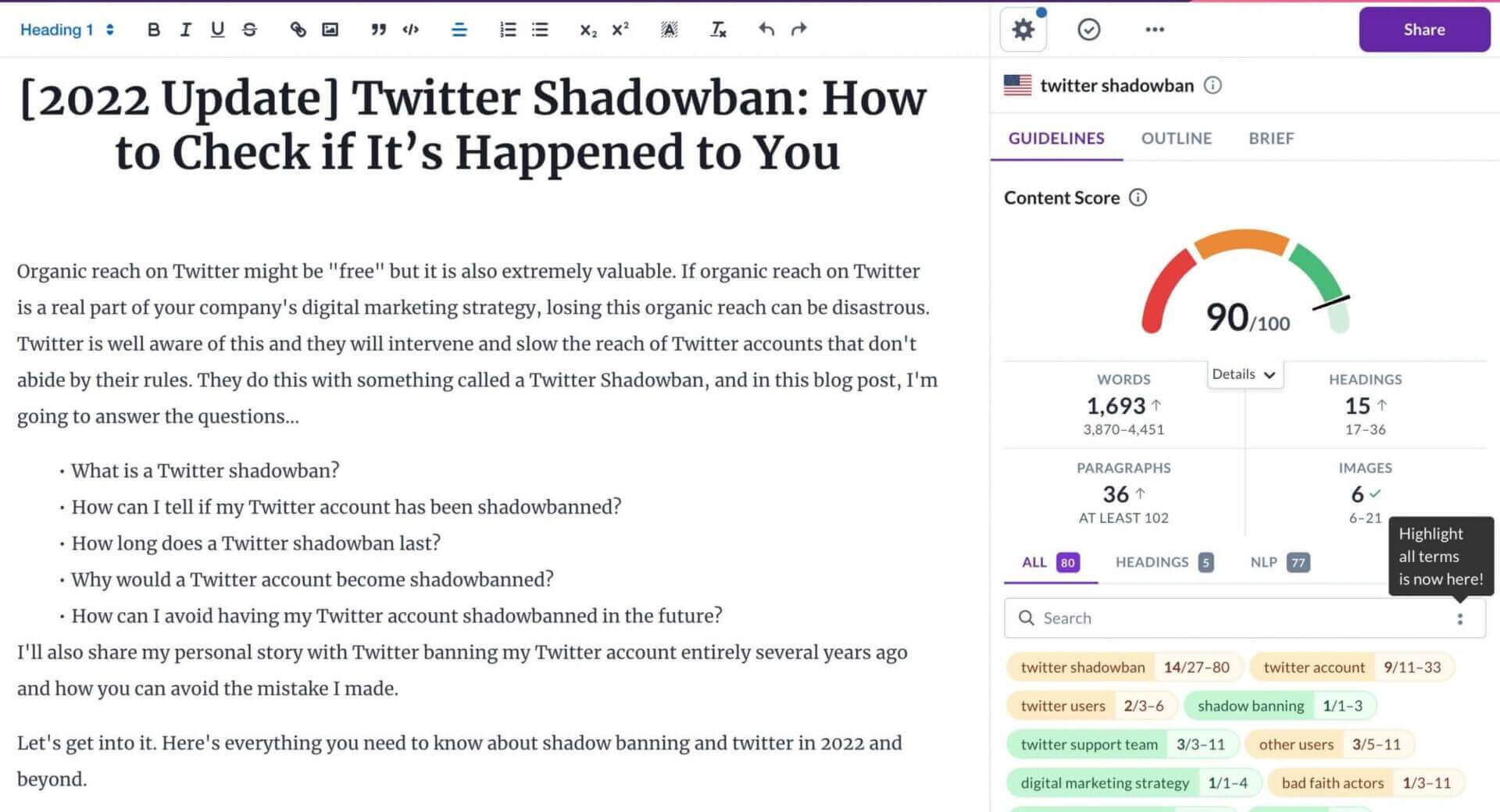
#1 Surfer SEO
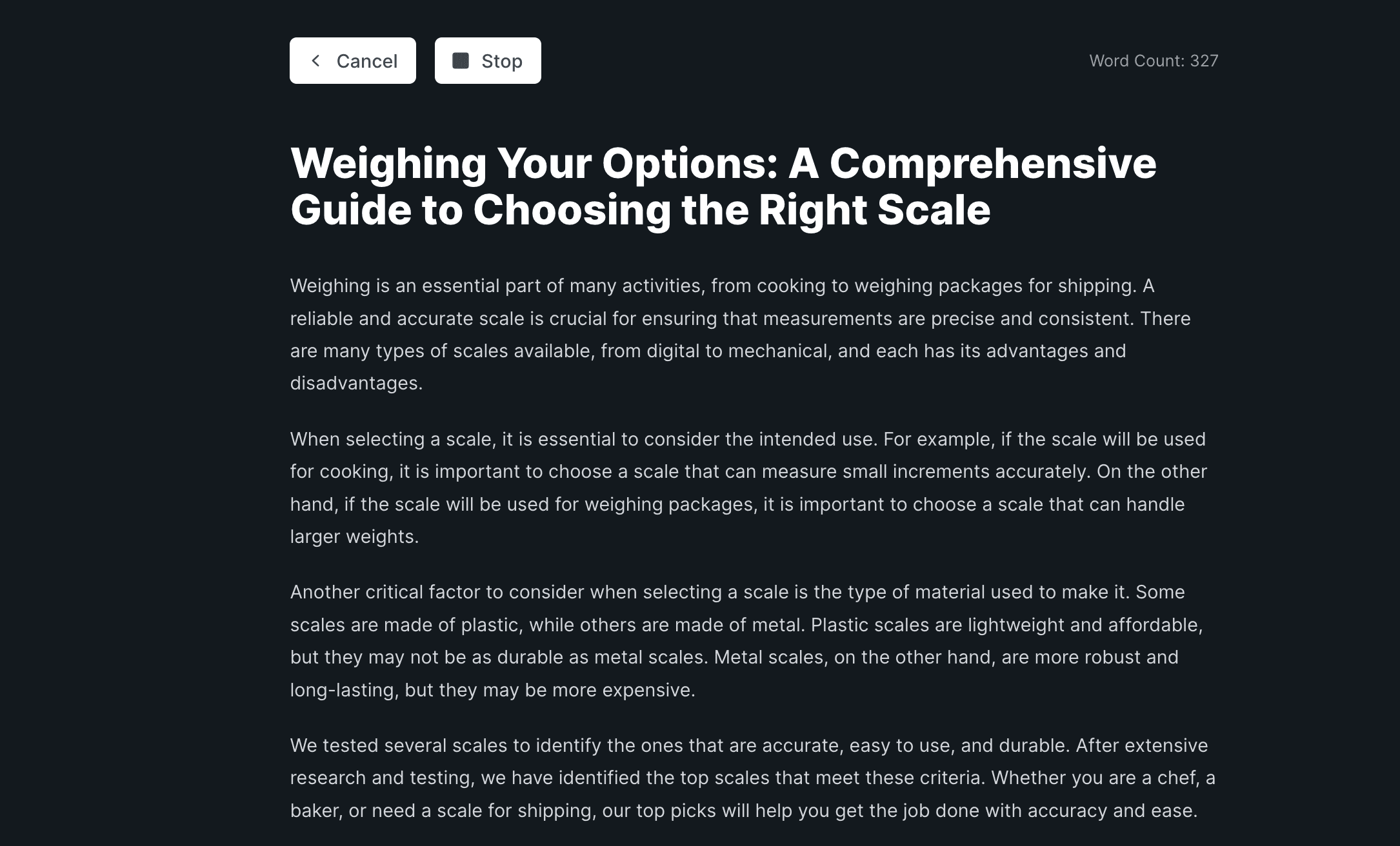
#2 Koala AI Writer
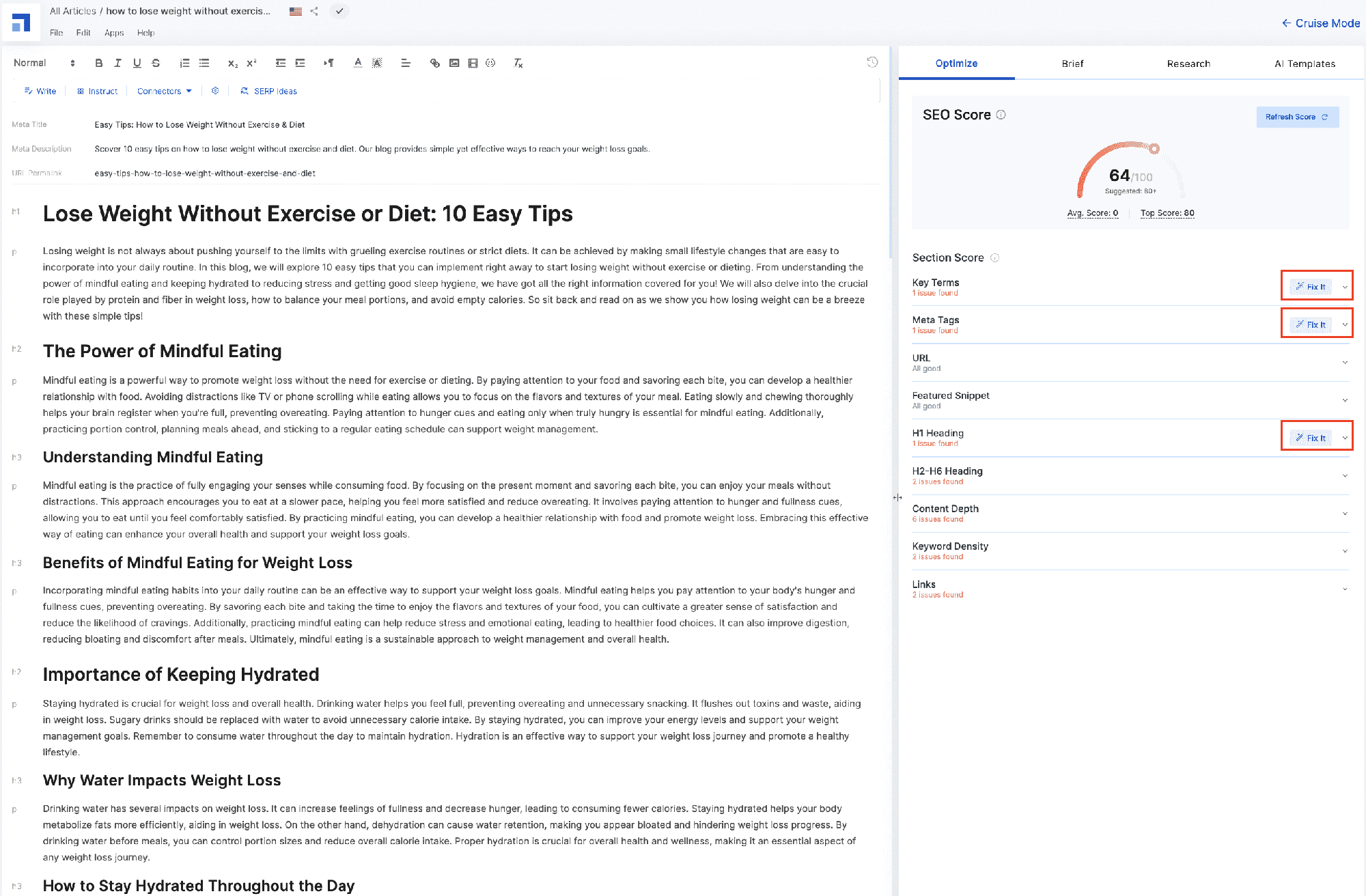
#3 Scalenut
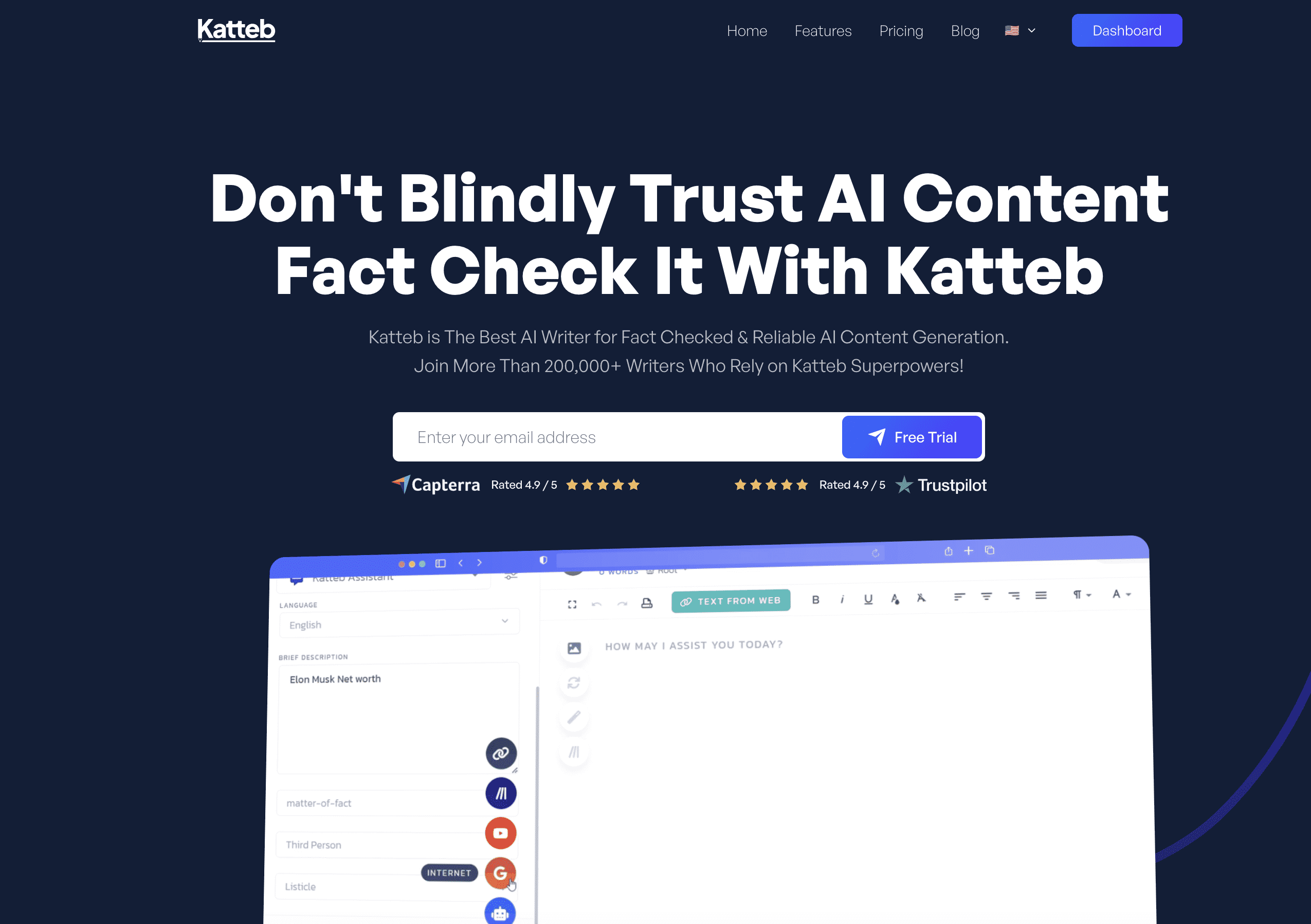
#4 Katteb Ai
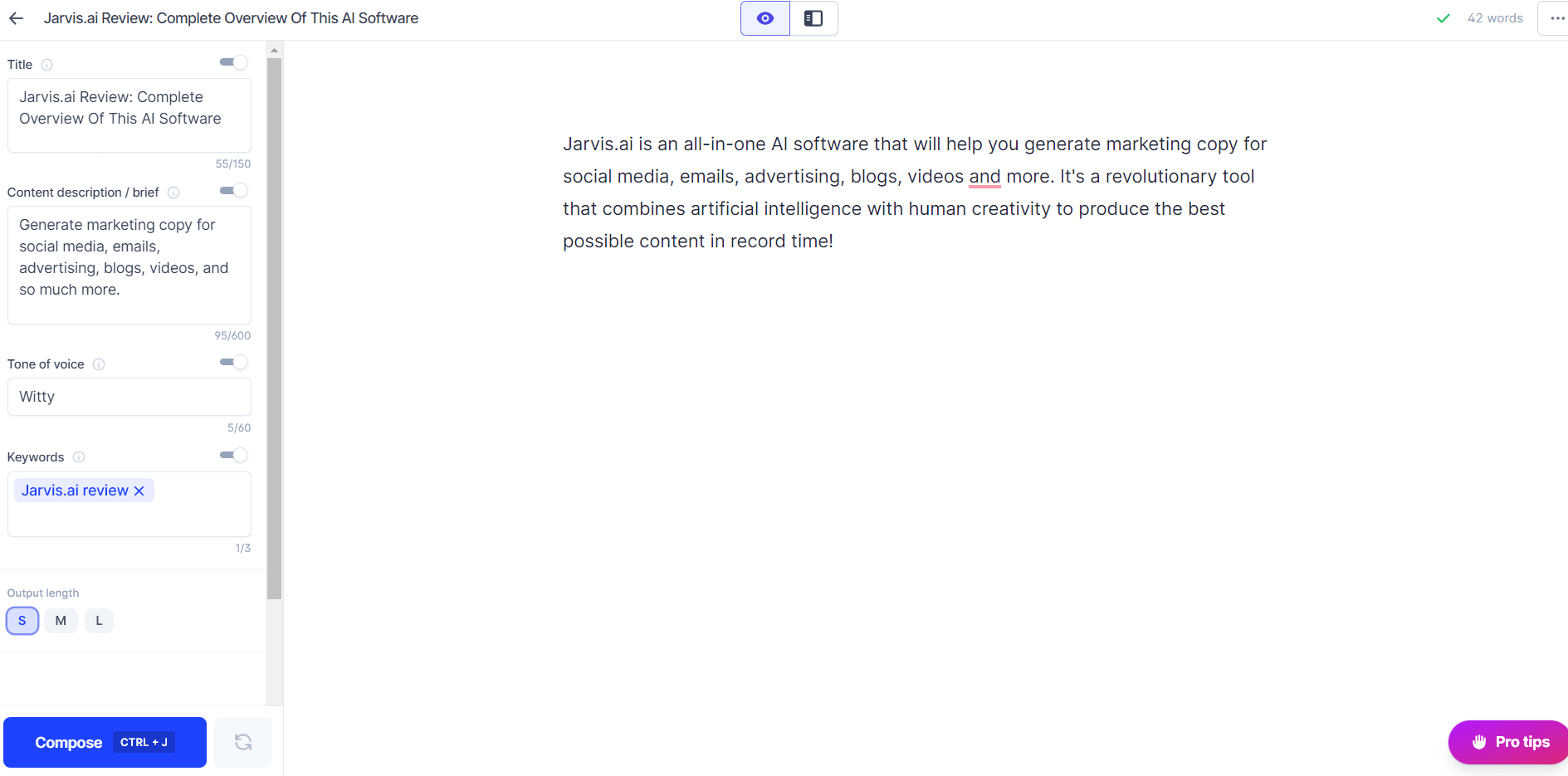
#5 Jasper Al
Long-Tail Keywords
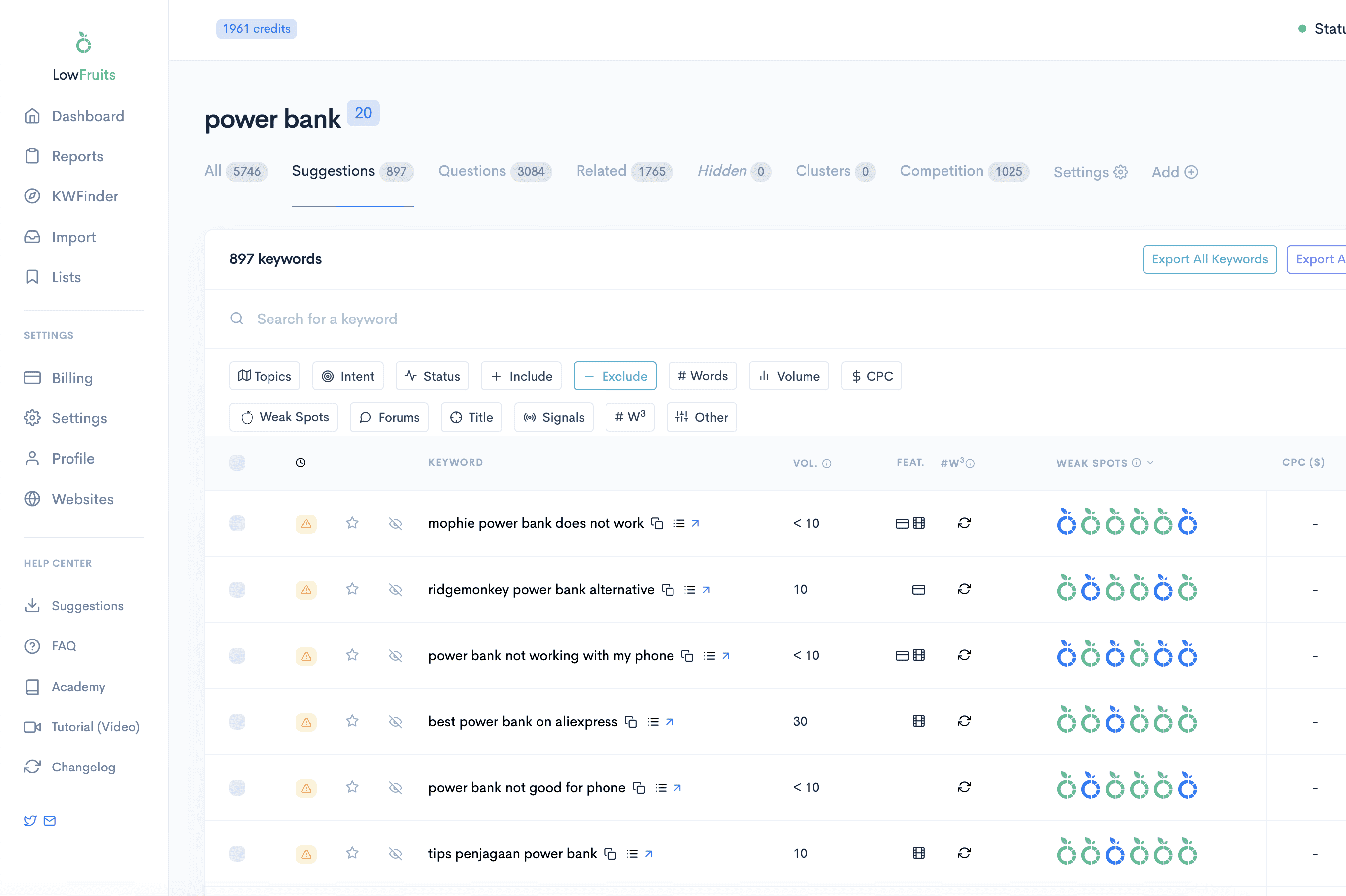
Definition and importance of long-tail keywords in SEO
Long-tail keywords are specific, longer phrases that visitors are more likely to use when they are closer to making a purchase decision. While they may have lower search volume than broad keywords, they can be highly valuable for attracting targeted traffic to your website.
Benefits of optimizing for long-tail keywords
Optimizing for long-tail keywords can have several benefits for your SEO strategy. These include:
- Lower competition: Long-tail keywords tend to have less competition, making it easier for your content to rank higher in search results.
- Higher conversion rates: By targeting specific, niche keywords, you can attract visitors who are more likely to convert into customers or take desired actions.
- Better user intent understanding: Long-tail keywords indicate that the searcher has a clear intent, allowing you to provide more relevant and targeted content.
How to identify and target long-tail keywords
To identify and target long-tail keywords effectively, you can follow these steps:
- Conduct keyword research: Use keyword research tools like Google Keyword Planner or Ahrefs to find long-tail keyword ideas related to your niche.
- Analyze competitor keywords: Look at what keywords your competitors are ranking for and identify any potential long-tail opportunities.
- Understand user intent: Consider the intent behind the search query and craft content that directly addresses the users’ needs or questions.
- Include long-tail keywords strategically: Incorporate long-tail keywords in your webpage titles, meta descriptions, headings, and throughout your content.
By optimizing your website and content for long-tail keywords, you can improve your chances of attracting highly targeted traffic and achieving better SEO results.
Searcher Intent
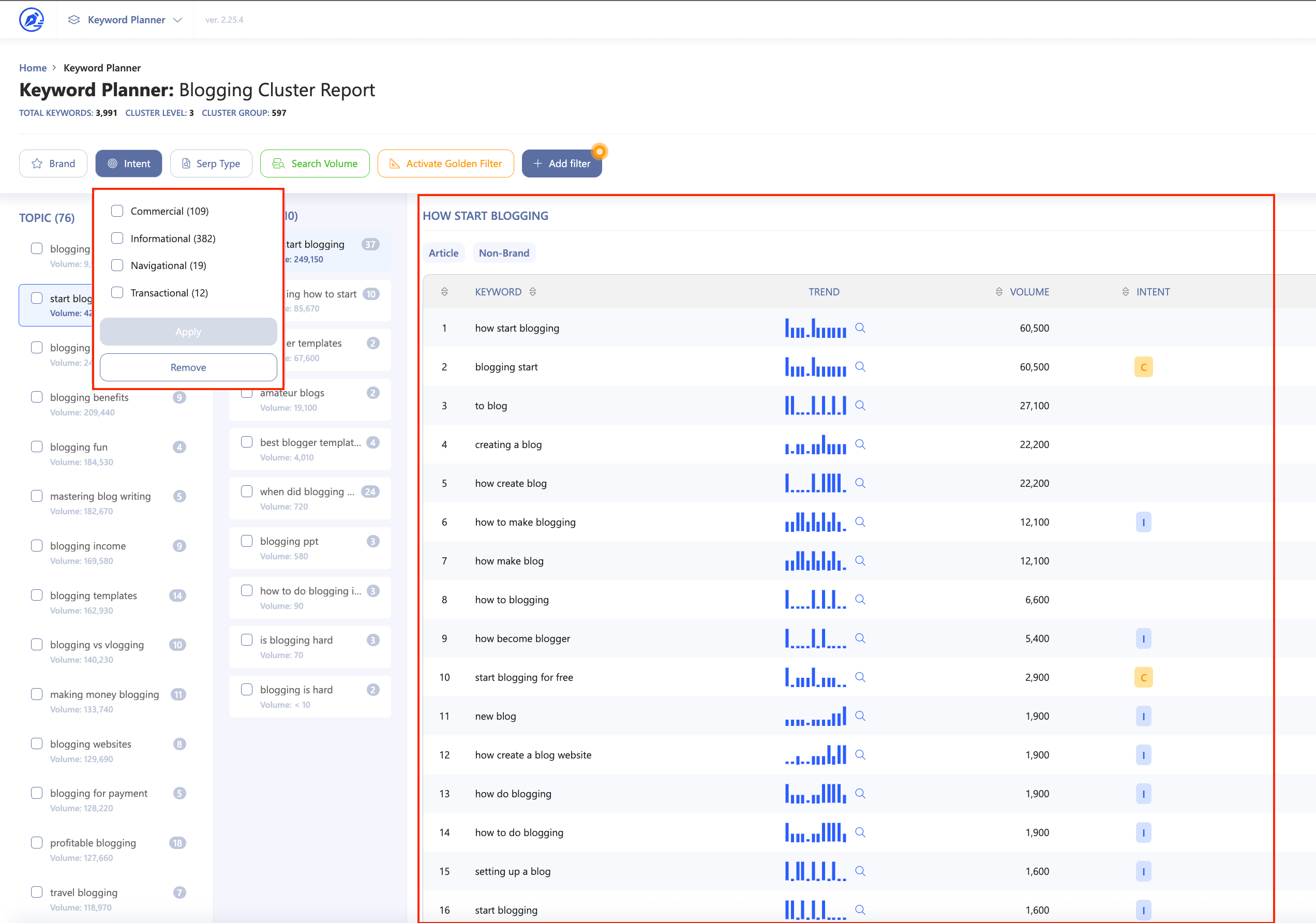
Understanding the different types of search intent
When it comes to SEO, understanding searcher intent is crucial. There are different types of search intents that users have when they type a query into a search engine. These include informational intent, navigational intent, commercial intent, and transactional intent. By recognizing the intent behind a search query, you can better tailor your content to meet the needs of your audience.
The role of search intent in SEO strategy
Search intent plays a significant role in your SEO strategy. Google’s goal is to provide users with the most relevant and valuable results based on their search intent. If your content does not satisfy the user’s search intent, it is unlikely to rank well in the search results. By aligning your content with the search intent of your target audience, you increase your chances of ranking higher and attracting more organic traffic.
How to optimize content for different searcher intents
To optimize your content for different searcher intents, you need to understand what users are looking for when they use specific keywords. Analyze the search results for your target keywords to see what types of content are already ranking well. Then, create high-quality content that meets or exceeds the user’s expectations based on their search intent. This could involve providing informative blog posts for informational queries, product reviews for commercial queries, or clear call-to-action for transactional queries.
By considering searcher intent in your SEO strategy and tailoring your content accordingly, you can improve your chances of ranking well and attracting the right audience to your website.
Content Optimization
Structuring content for readability and search engine visibility
Organizing your content with clear headings and subheadings not only makes it easier for readers to navigate, but it also helps search engines understand the structure of your content. Using bullet points or numbered lists can also improve readability and make your content more digestible.
Optimizing meta tags, headings, and images
Meta tags, such as title tags and meta descriptions, play a crucial role in improving your search engine visibility. Including relevant keywords in your meta tags can help search engines understand what your content is about.
Headings, such as H1, H2, and H3 tags, help break up your content and make it more scannable for readers. Including keywords in your headings can also signal to search engines what your content is focused on.
Optimizing images by adding descriptive alt text can improve accessibility for visually impaired users and also provide additional information to search engines about the content of the image.
By optimizing these elements, you can improve the visibility of your content in search engine results and make it more appealing to both readers and search engines alike.
On-Page Optimization
Best practices for on-page SEO optimization
When it comes to optimizing your website for search engines, on-page SEO plays a crucial role. Here are some best practices to follow:
- Keyword Research: Conduct thorough keyword research to find relevant keywords and target them strategically in your content.
- Content Optimization: Create high-quality, valuable content that matches user intent and incorporates target keywords naturally.
- Title Tags: Write descriptive and concise title tags that include target keywords to attract both search engines and users.
- Meta Descriptions: Craft compelling meta descriptions that accurately summarize your page content and entice users to click.
- Headings and Subheadings: Use headings (H1, H2, H3, etc.) to structure your content and make it easier for users and search engines to understand.
- URL Optimization: Ensure your URLs are user-friendly and include relevant keywords to provide better context for search engines.
- Internal and External Linking: Include internal links within your website to establish relationships between pages, and external links to authoritative sources for added credibility.
- Image Optimization: Optimize images by writing descriptive alt text, compressing them for faster loading times, and using lazy loading techniques.
- User Engagement: Improve user engagement by creating content that is easy to read, includes visual elements, and provides clear calls-to-action.
- Page Speed Optimization: Enhance your website’s loading speed to improve user experience and meet Google’s page experience metrics.
By implementing these on-page SEO best practices, you can increase the visibility of your website in search engine results pages and attract more organic traffic.
Technical SEO
When it comes to search engine optimization (SEO), there’s more to it than just keyword research and content optimization. Technical SEO is an essential aspect that can greatly impact your website’s performance and visibility in search engine results.
Basics of technical SEO and its impact on website performance
Technical SEO refers to the behind-the-scenes elements of your website that make it easier for search engines to crawl, index, and understand your content. It includes factors such as website speed, mobile-friendliness, website architecture, and URL structure. By optimizing these technical aspects, you can improve your website’s user experience, load times, and overall performance.
Optimizing website speed and mobile-friendliness
Website speed is a critical factor in user experience and search engine rankings. Slow-loading pages can lead to high bounce rates and a poor user experience. Optimizing your website’s speed involves reducing unnecessary code, compressing images, leveraging browser caching, and utilizing content delivery networks (CDNs).
Mobile-friendliness is another crucial aspect of technical SEO. With the majority of internet users accessing websites through mobile devices, having a mobile-friendly website is essential for providing a seamless browsing experience. This involves implementing responsive design, optimizing images for mobile screens, and ensuring that buttons and links are easily clickable on mobile devices.
Fixing broken links and improving website architecture
Broken links can negatively impact user experience and hinder search engine crawlers from effectively indexing your content. Conduct regular audits to identify any broken links on your website and fix them promptly.
Website architecture refers to the organized structure of your site’s pages and how they are interconnected. An optimized website architecture helps search engine crawlers navigate through your site easily, ensuring that all your valuable content is discovered and indexed.
By implementing these technical SEO best practices, you can enhance your website’s performance, user experience, and search engine rankings.
User Experience (UX)
When it comes to SEO, user experience plays a crucial role in determining search engine rankings. By optimizing your website’s navigation and layout, you can improve user engagement and reduce bounce rates.
Optimizing website navigation and layout
A well-designed and intuitive website navigation allows users to easily find the information they’re looking for. This includes clear menu structures, logical page hierarchy, and easy-to-use search functionality. By optimizing these elements, you can enhance the user experience and improve search engine visibility.
Reducing bounce rates and improving engagement
High bounce rates indicate that users are leaving your website shortly after arriving. This can negatively impact your search engine rankings. By designing your website to be visually appealing, fast-loading, and informative, you can increase user engagement and encourage users to stay longer on your site. This not only improves the user experience but also signals to search engines that your website is valuable and relevant.
In summary, optimizing your website’s navigation and layout is essential for improving the user experience and SEO rankings. By reducing bounce rates and increasing engagement, you can enhance your website’s visibility in search results and attract more organic traffic.
SEO Analytics and Reporting
When it comes to optimizing your website for search engines, analyzing and reporting on your SEO efforts is crucial for success. By tracking key metrics and understanding what people are searching for, you can make informed decisions to improve your rankings and drive more organic traffic.
Key metrics to track in SEO analytics
- Keyword rankings: Keeping an eye on your keyword rankings is essential to know how well your website is performing in search engine results pages (SERPs). By monitoring your rankings, you can identify keywords that you’re ranking well for and those that need improvement.
- Organic traffic: Tracking the amount of organic traffic your website receives allows you to gauge the effectiveness of your SEO efforts. Higher organic traffic indicates that more people are finding and visiting your website through search engines.
- Bounce rate: Your website’s bounce rate measures the percentage of visitors who leave your site after viewing only one page. A high bounce rate may indicate a lack of relevance or poor user experience, while a low bounce rate suggests that visitors are engaging with your content.
- Conversion rate: Tracking conversions, such as form submissions or purchases, is crucial for measuring the effectiveness of your SEO strategy in driving valuable actions on your website. A higher conversion rate indicates that visitors are taking the desired actions on your site.
- Backlinks: Backlinks are links from other websites that point to yours. Monitoring the quantity and quality of backlinks can help you understand the authority and relevance of your site. Obtaining high-quality backlinks can positively impact your search engine rankings.
- Page load speed: The speed at which your pages load can significantly impact user experience and search engine rankings. Slow-loading pages may lead to higher bounce rates and lower rankings. Monitoring and optimizing your page load speed is crucial for a positive user experience.
By tracking these key metrics in your SEO analytics, you can gain valuable insights into how well your website is performing in search engines. With this information, you can make data-driven decisions to improve your SEO strategy and drive more organic traffic to your site.

